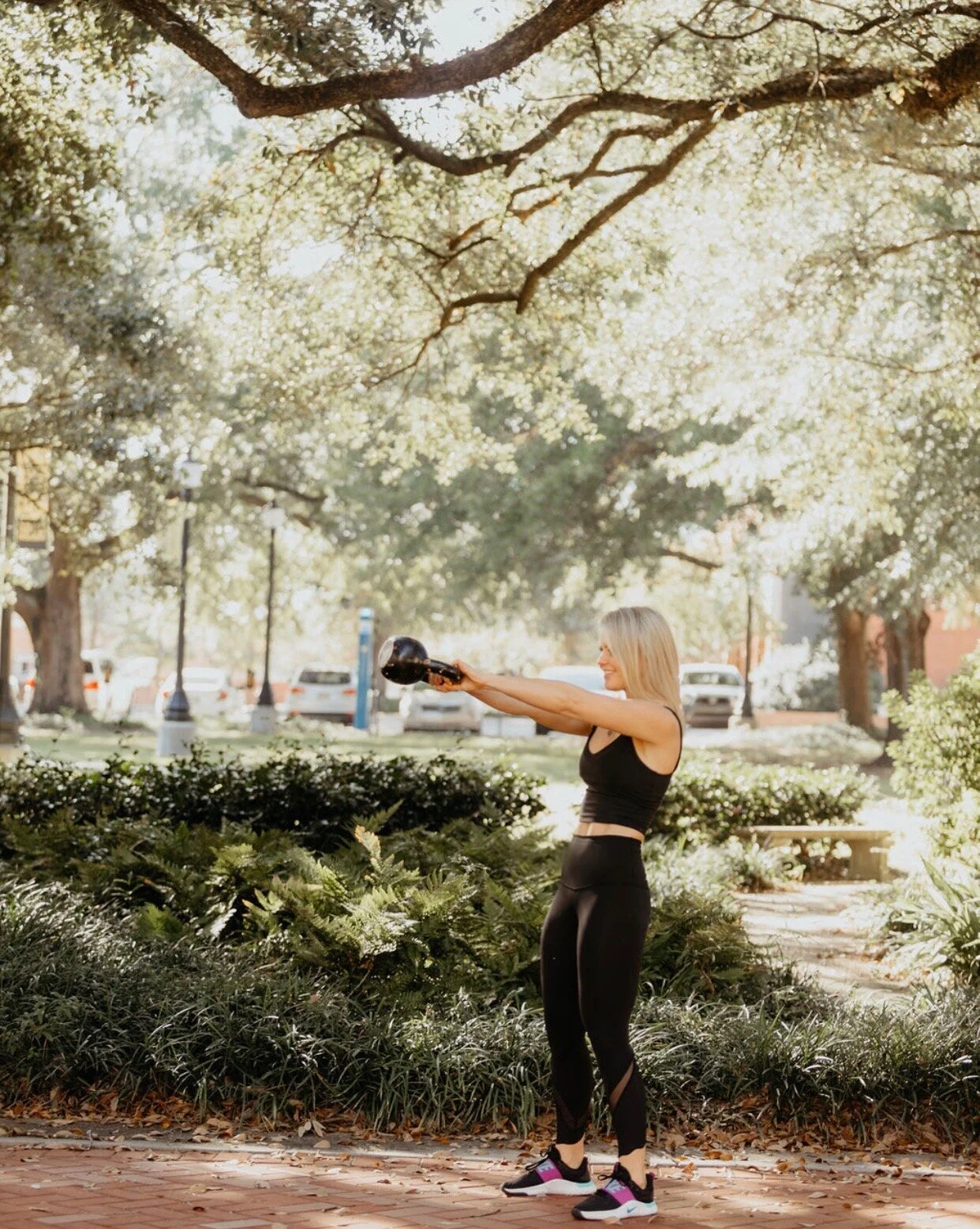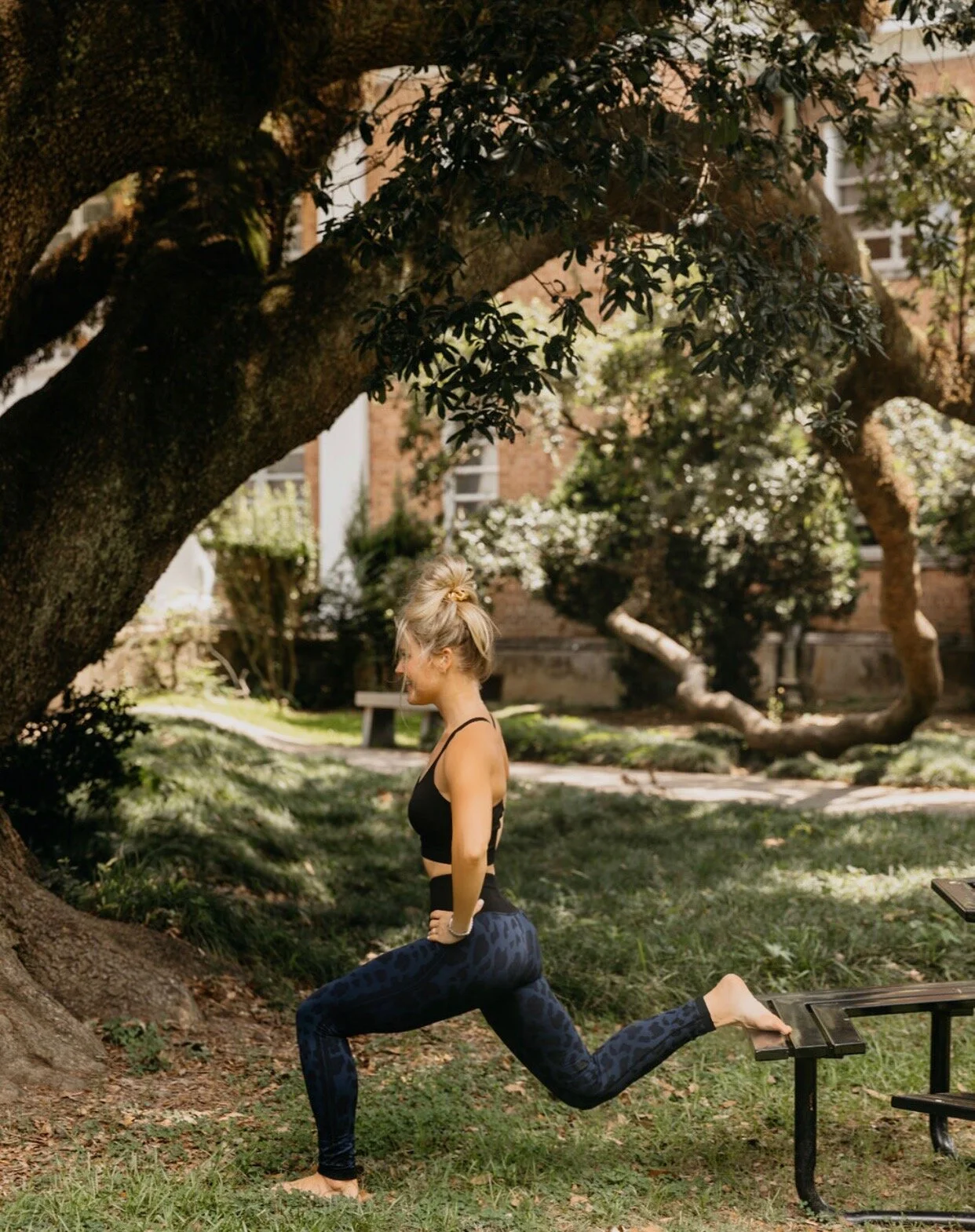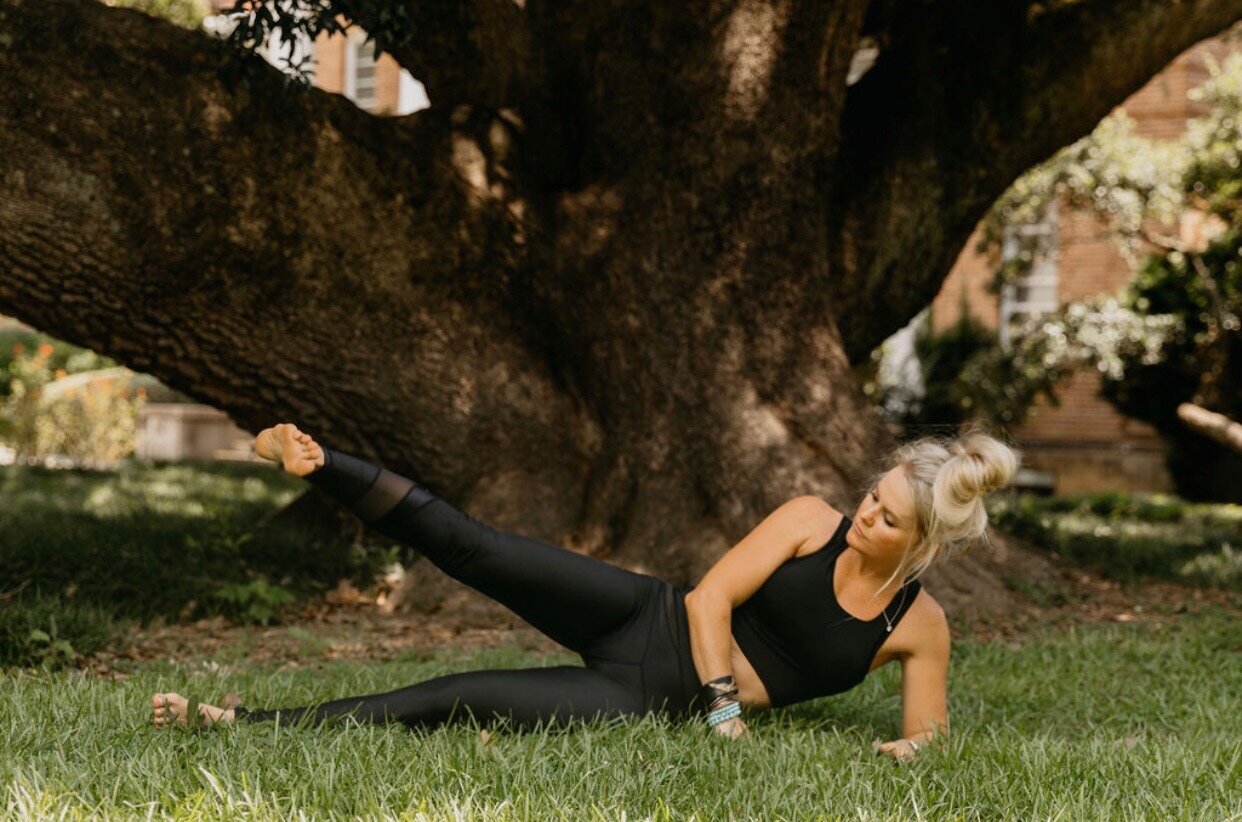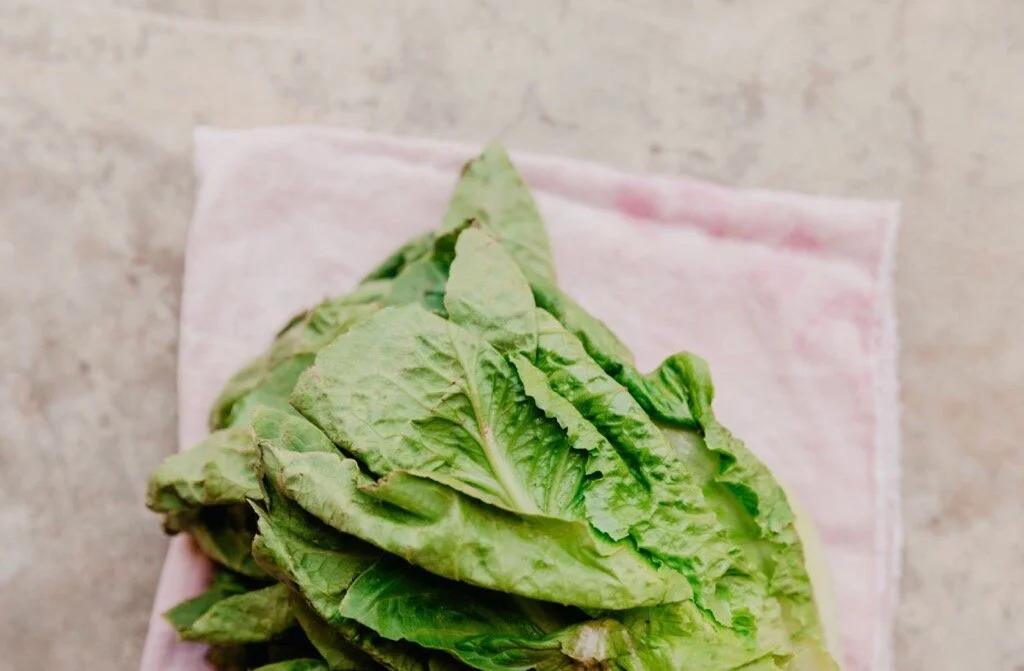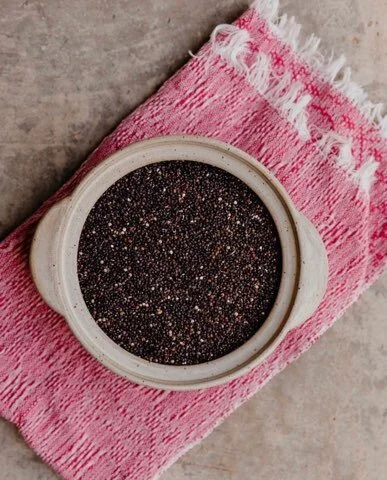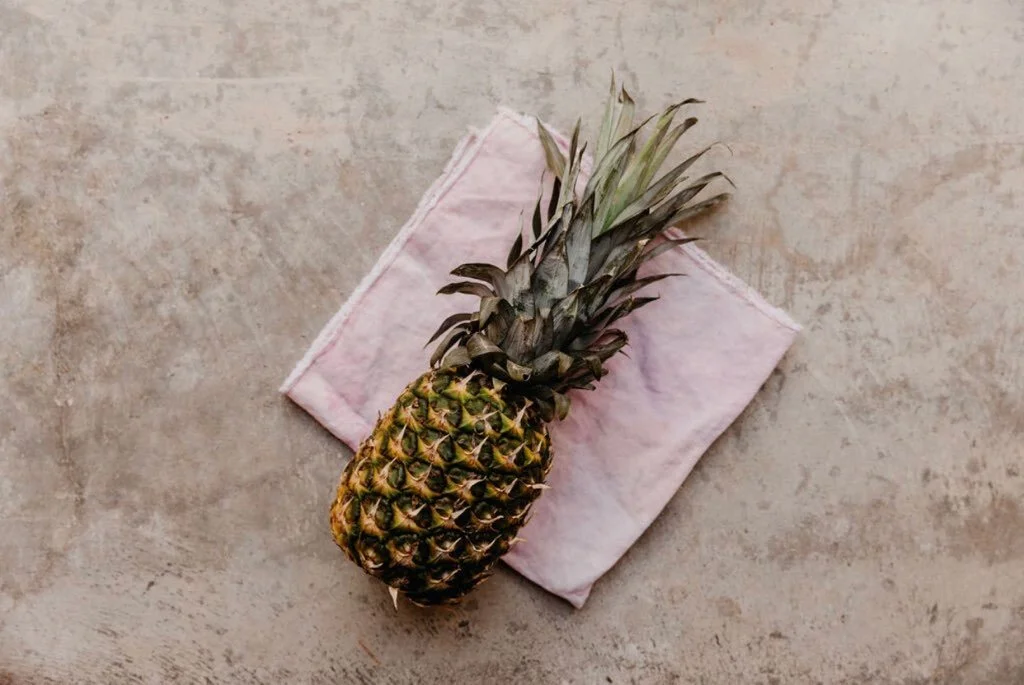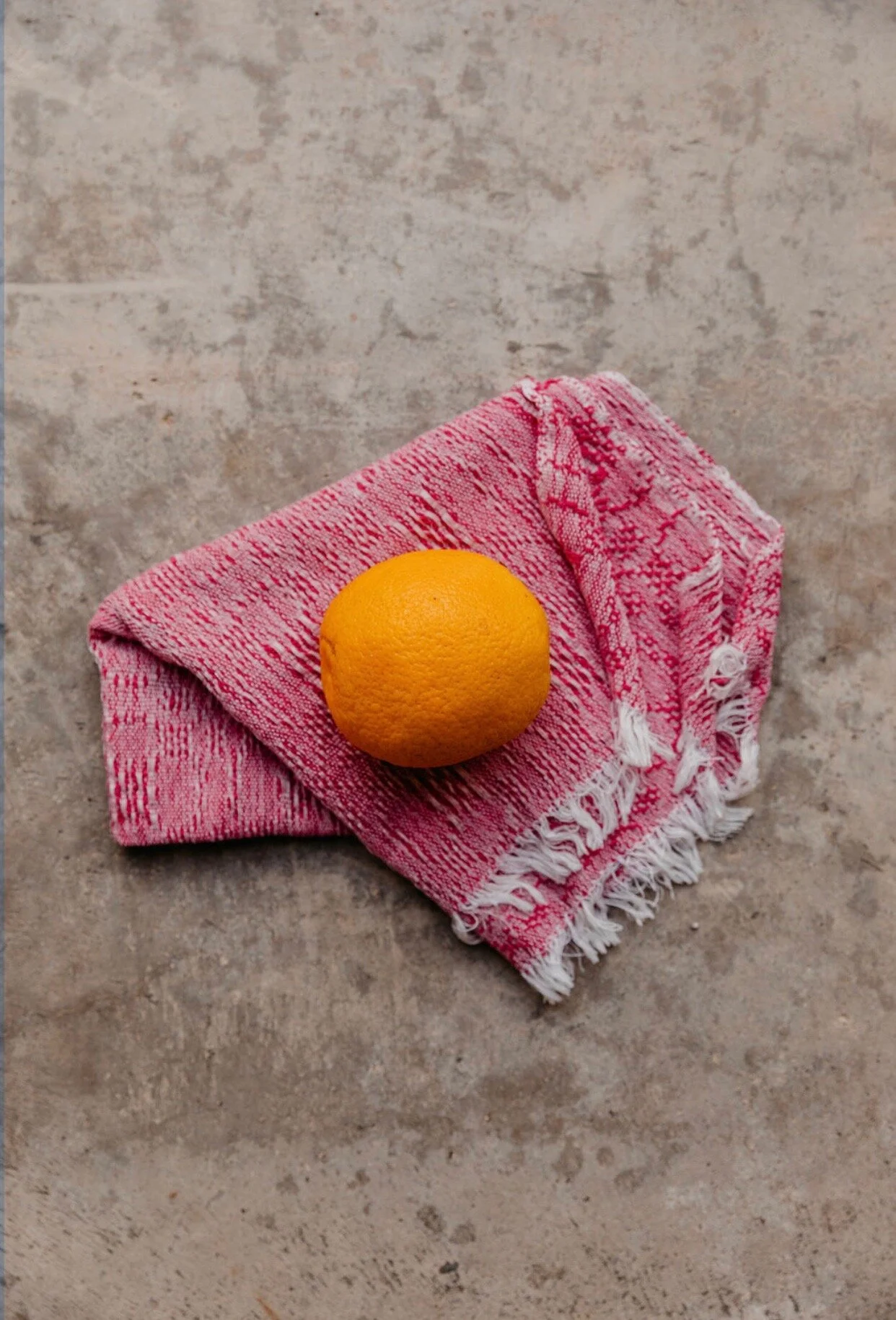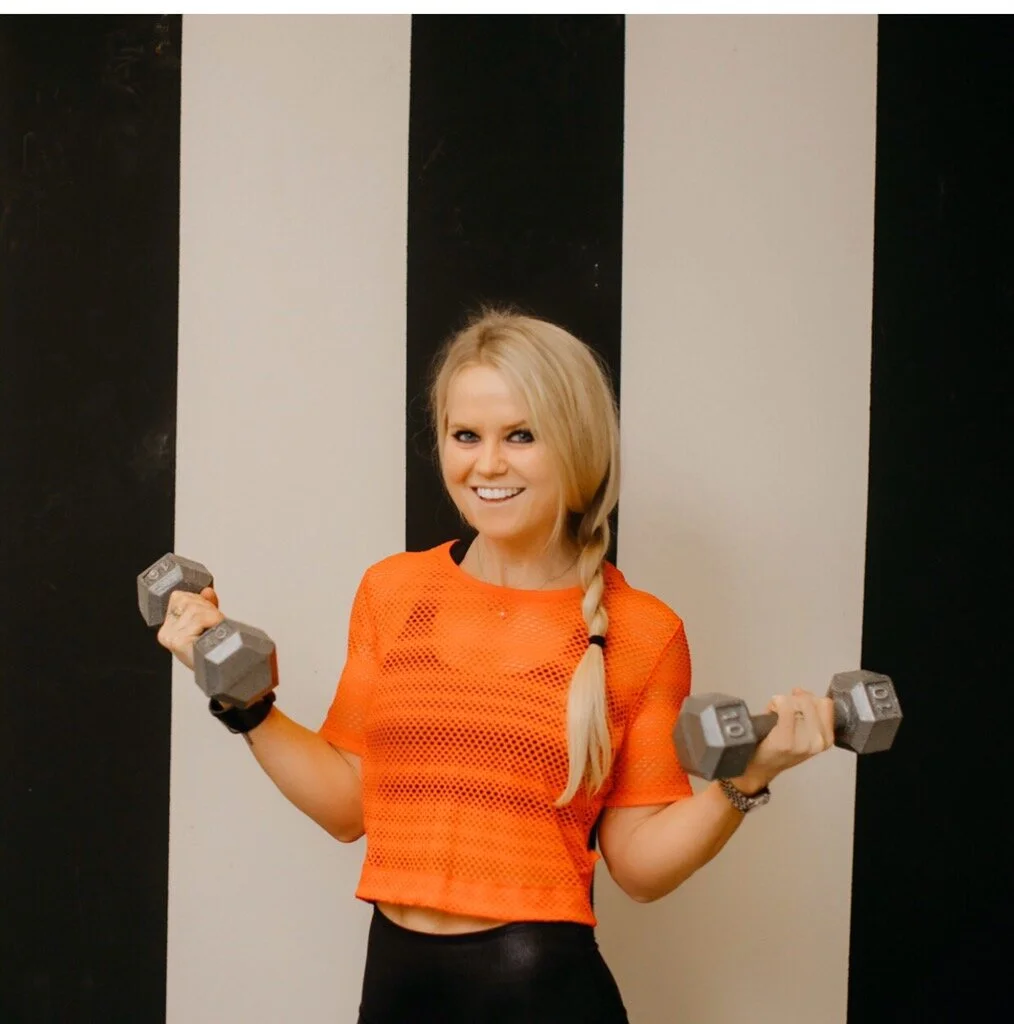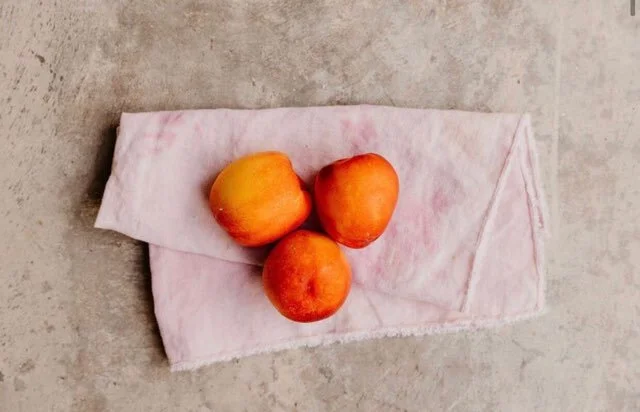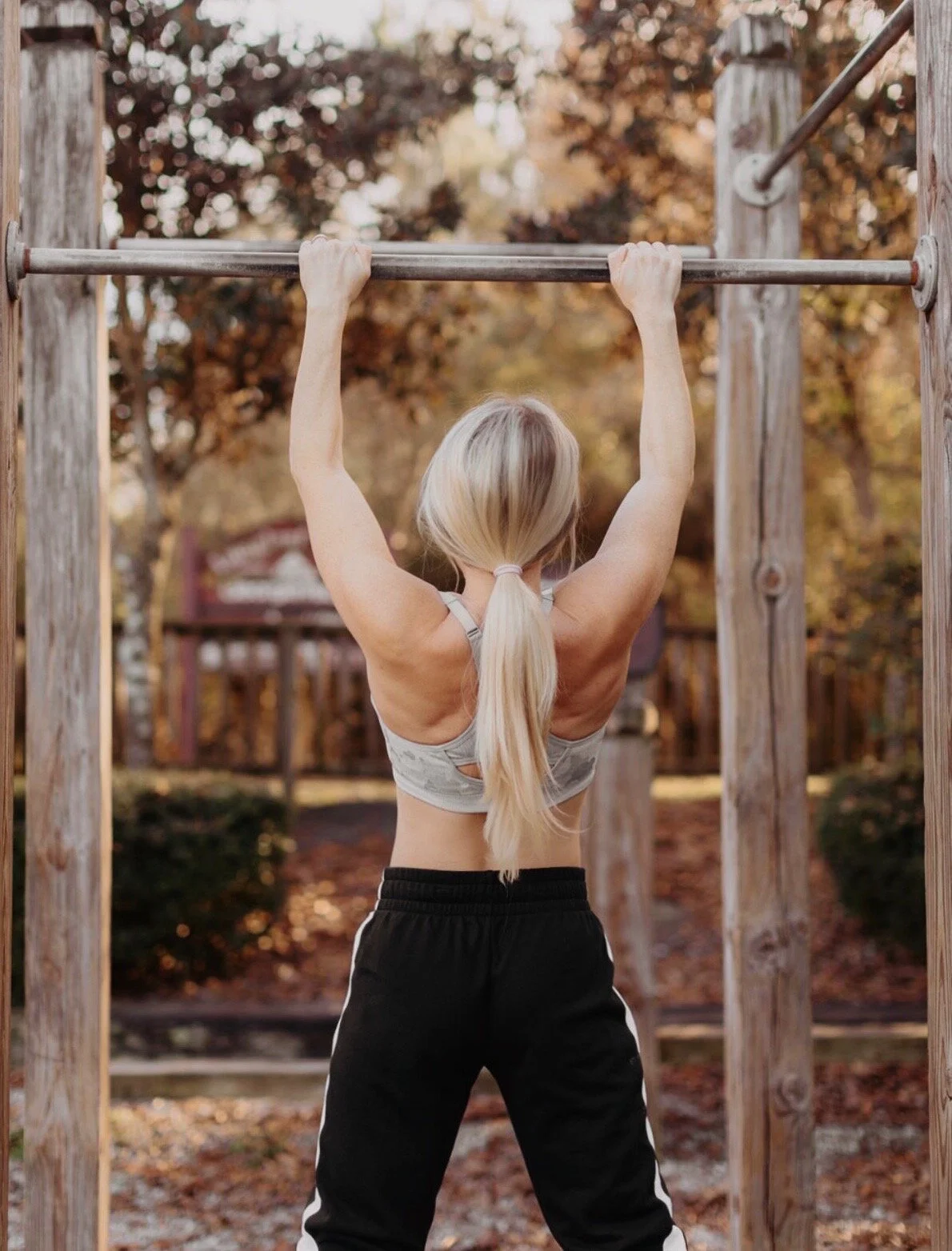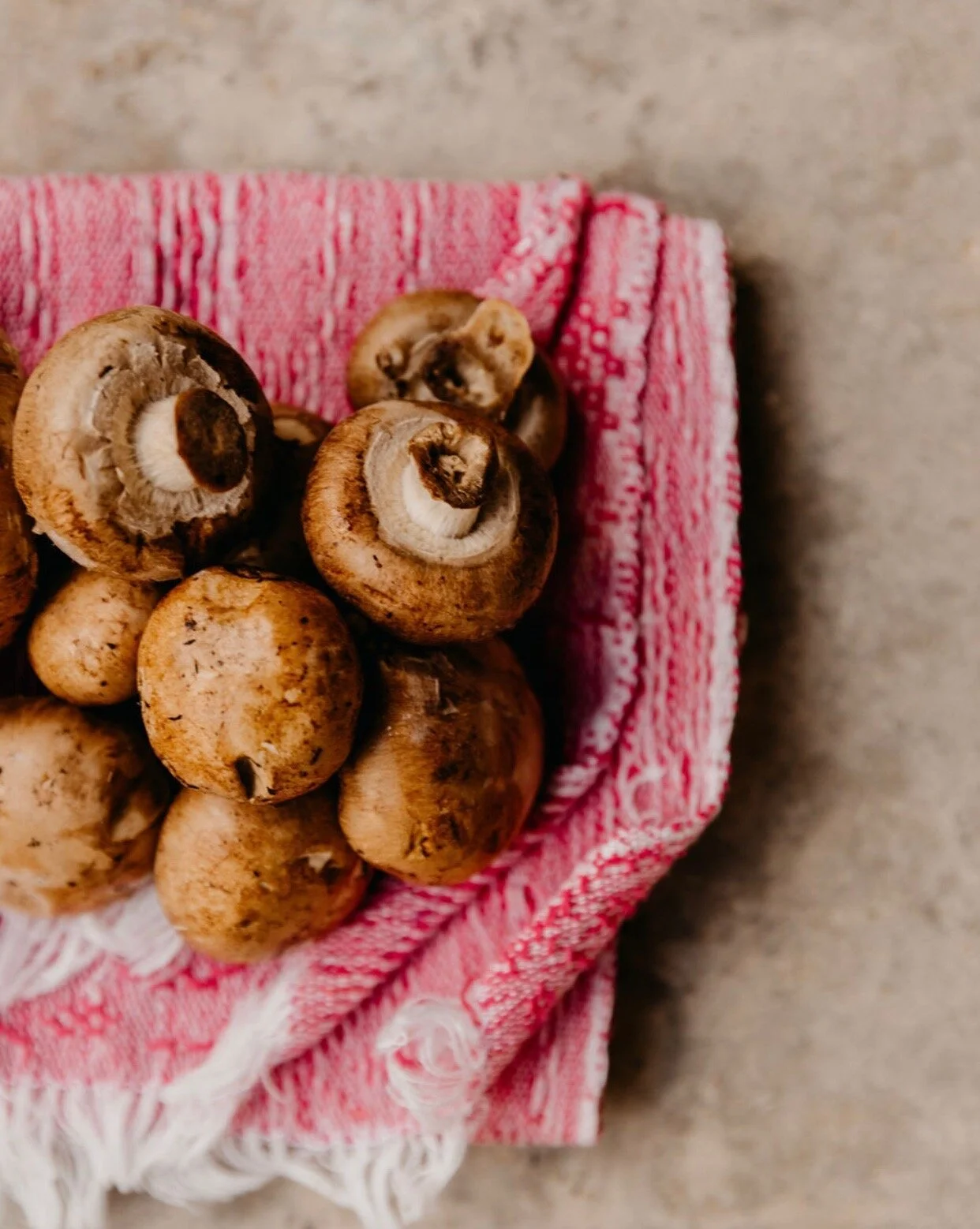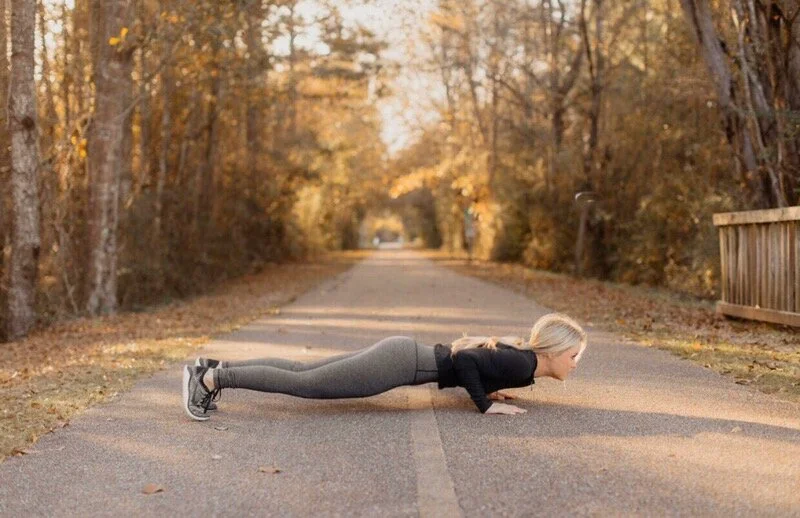Atlanta Food and Wine was a huge success. Thank you Visit Mississippi and Visit Hattiesburg for choosing me to represent the pineblet! I hope you each enjoy this gluten free pie recipe! I modified the recipe and made mini pies for the festival and I also added strawberry syrup instead of maple syrup. I cooked down strawberries and then pureed to keep the sugar as low as possible.
Perfect Gluten-Free Vegan Cherry Apple Pie
Prep Time 15
minutes
Cook Time 40
minutes
Servings 12
Ingredients
Filling
• 5 cups frozen unsweetened tart cherries
• 1 large apple or two medium apples
• 1 cup pure maple syrup
• ½ cup Bob's Red Mill 1:1 Gluten-Free Flour*
• 1 teaspoon ground cinnamon
Crust
• 2 cups Bob's Red Mill 1:1 Gluten-Free Flour
• 1 teaspoon Himalayan Sea Salt*
• 1 teaspoon xanthan gum
• ⅔ cups virgin, unrefined coconut oil
• 8-10 tablespoon cold water
Instructions
• Preheat oven 425º F
Filling
• Thaw and drain frozen cherries (I microwave for 8 minutes at 40% power, stirring every 2 minutes) - then add to medium-sized mixing bowl
• Peel and core apple(s) and chop into 1-inch pieces
• Add chopped apples, 1 cup maple syrup, ½ cup flour, and 1 teaspoon cinnamon to cherries
• Stir until flour is mixed in and then set aside
Crust
• Combine 2 cups of flour, 1 teaspoon salt, and 1 teaspoon xanthan gum in a large mixing bowl
• Add ⅔ cups coconut oil and use a pastry cutter to combine until mixture begins to clump into particles the size of small peas**
• Sprinkle mixture with 4 tablespoon of cold water, mix with pastry cutter, then add another 4 tablespoon and continue to mix until all flour is moistened and forms large clumps that almost clean the sides of the bowl (add an additional 1-2 tablespoon of cold water if necessary)
• Use your hands to kneed pastry into a ball
• Use a knife to slice pastry ball in two - making one side slightly larger than the other
• Place a large sheet of waxed paper on a damp counter (the damp counter will keep the paper from sliding)
• Use your hands to flatten the larger-sized pastry into a thick round - pushing in the sides to seal cracks
• Place flattened pastry in the center of the waxed paper and cover with another sheet of paper
• Use a rolling pin with light pressure to roll out the pastry until it's about 2-inches larger than an inverted pie plate and about ⅛-inch thick
• Peel top sheet of waxed paper off the pastry, then use the bottom sheet of waxed paper to lift the pastry and place it in the pie plate - then carefully peel the bottom sheet of waxed paper off the pastry (peel slowly - the pastry is delicate)
• Carefully lift edges of the pastry as necessary to push it down into the pie plate and use your knuckle to press the pastry into the shape of the plate - use scraps from the edges to seal any tears
• Repeat steps 7-9 to roll out the smaller pastry until it's slightly larger than the pie plate
• Remove the top sheet of waxed paper and use a small cookie cutter to remove the center of the pastry (have fun with the shape!)
• Pour filling into the pastry-lined pie plate and use a spoon to level the chunks of fruit
• Carefully lift the bottom sheet of waxed paper with the top layer of pastry and hold it vertical to line up the bottom edge of the pastry with the rim of the pie plate - then quickly place the top layer of pastry over the filling
• Carefully peel the waxed paper off the pastry and gently lift the edges of the pastry to tuck in slightly along the edge of the pie plate
• Use a knife to trim excess pastry along the edge of the pie plate - then press with a fork to seal the top layer of pastry with the bottom layer
• Cup your hands along the out edge of the pie plate to ensure the seal
Bake
• Cover crust with a pie shield (or aluminum foil) and bake at 425ºF for 40 minutes (remove pie shield for last 15 minutes of baking) or until crust is lightly golden and juices begin to bubble in cut-out
• Allow to cool before serving
Read More
